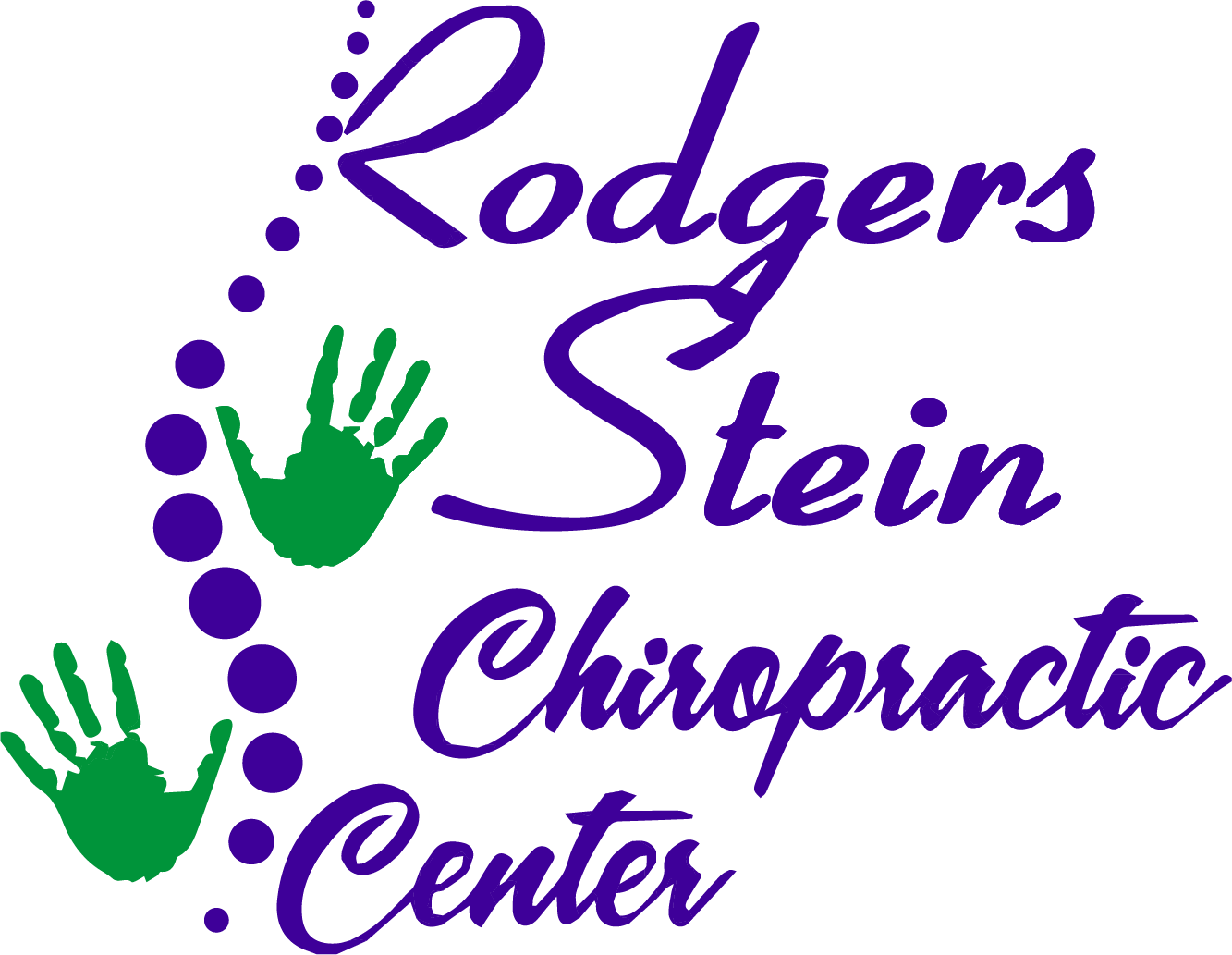Managing chronic pain naturally requires a thoughtful approach, and it's vital to explore various strategies that can work for you. From incorporating mindfulness techniques to making dietary changes, you'll find that simple adjustments can greatly impact your well-being. Regular exercise and herbal remedies might also play a key role in your journey. However, the path to relief doesn't stop there; establishing a supportive environment and prioritizing sleep are equally important. Let's look at these tips in more detail to help you find the relief you deserve.
Practice Mindfulness Techniques
When it comes to managing chronic pain, incorporating mindfulness techniques can truly make a difference. Mindfulness helps you focus on the present moment, allowing you to observe your thoughts and feelings without judgment. This practice can create a sense of calm and reduce the emotional toll that chronic pain often brings.
Start by setting aside a few minutes each day for mindfulness practice. Find a quiet space where you can sit comfortably, close your eyes, and focus on your breath. Notice the sensation of each inhale and exhale, and if your mind wanders, gently bring your attention back to your breath. This simple exercise can help you cultivate a greater awareness of your body and its sensations.
You might also explore body scan meditations. Lie down comfortably and mentally scan your body from head to toe, paying attention to areas of tension or discomfort. Rather than resisting these feelings, acknowledge them and breathe into those areas. This can help you develop a different relationship with your pain.
Incorporating mindfulness into your daily routine can enhance your resilience against pain. You could try integrating short mindfulness moments throughout your day, like pausing to take a few deep breaths before responding to stressors.
Over time, these practices can empower you to manage your chronic pain more effectively, improving your overall quality of life. Remember, the goal isn't to eliminate pain entirely but to transform your experience of it.
Explore Dietary Changes
When managing chronic pain, adjusting your diet can make a significant difference.
Focusing on anti-inflammatory foods, staying hydrated, and considering nutrient-rich supplements can support your healing journey.
Let's explore how these dietary changes can help you feel better.
Anti-inflammatory Foods Focus
Incorporating anti-inflammatory foods into your diet can greatly help manage chronic pain, as certain nutrients directly combat inflammation in the body. Focus on including a variety of fruits and vegetables, particularly those rich in antioxidants, like berries, leafy greens, and sweet potatoes.
These foods not only provide essential vitamins but also help neutralize free radicals, reducing inflammation.
Don't forget about healthy fats, such as those found in avocados, nuts, and olive oil. Omega-3 fatty acids, found in fatty fish like salmon and mackerel, are particularly beneficial for lowering inflammation.
Spices like turmeric and ginger also pack a powerful anti-inflammatory punch, so consider adding them to your meals.
Whole grains, such as quinoa and brown rice, can keep your energy levels stable while providing fiber that supports overall health.
Try to limit processed foods, sugar, and refined carbs, as these can contribute to inflammation and worsen pain.
Hydration's Healing Benefits
Hydration plays an essential role in managing chronic pain, often overlooked in dietary changes. Staying well-hydrated not only helps maintain peak bodily functions but also supports your body's ability to cope with pain.
When you're dehydrated, your muscles can become tense, and inflammation may increase, aggravating your pain.
Consider these three hydration tips to enhance your pain management strategy:
- Drink Enough Water: Aim for at least eight 8-ounce glasses of water daily. Adjust this based on your activity level and climate.
- Incorporate Hydrating Foods: Include fruits and vegetables high in water content, like cucumbers, watermelon, and oranges, in your diet to boost hydration naturally.
- Limit Diuretics: Reduce intake of caffeine and alcohol, which can lead to dehydration. Opt for herbal teas or infused waters instead.
Nutrient-Rich Supplements Considerations
To effectively manage chronic pain, reflecting on nutrient-rich supplements can be a game changer in your dietary approach. These supplements can provide essential vitamins and minerals that may help reduce inflammation and promote healing.
Omega-3 fatty acids, found in fish oil, are known for their anti-inflammatory properties and can greatly alleviate joint pain. Incorporating magnesium can also be beneficial, as it supports muscle relaxation and nerve function. A deficiency in this mineral might lead to increased pain sensitivity, so you might want to think about a supplement if your diet lacks sufficient magnesium-rich foods.
Turmeric, with its active compound curcumin, is another powerful option. It's recognized for its anti-inflammatory effects and may help in reducing pain levels. You can easily add turmeric to your meals or take it as a supplement.
However, it's essential to consult with a healthcare professional before starting any new supplement regimen. They can help tailor recommendations based on your individual needs and monitor any potential interactions with medications you may be taking.
Incorporate Regular Exercise
Regular exercise plays an essential role in managing chronic pain, as it not only strengthens muscles but also enhances flexibility and boosts overall mood. Engaging in regular physical activity can help reduce pain levels and improve your daily functioning.
You don't have to plunge into intense workouts; even moderate exercise can be beneficial. Here are three effective ways to incorporate regular exercise into your routine:
- Start Slow: If you're new to exercise, begin with low-impact activities like walking or swimming. These options are gentle on your joints while still providing the benefits of movement.
- Create a Schedule: Set aside specific times each week for your workouts. Consistency is key in making exercise a habit. Try to engage in at least 150 minutes of moderate aerobic activity each week, broken down into manageable sessions.
- Listen to Your Body: Pay attention to how your body responds to different activities. If something doesn't feel right, don't push through the pain. Instead, adjust your routine to suit your comfort level.
It's vital to find exercises that you enjoy, as this increases the likelihood that you'll stick with them long-term. Incorporating regular exercise can be a game-changer in your journey to manage chronic pain.
Utilize Herbal Remedies
When it comes to managing chronic pain, herbal remedies can offer a natural alternative worth exploring.
You'll find a variety of popular options, each with its own unique benefits and application methods.
However, it's essential to evaluate safety and precautions to guarantee you're using them effectively.
Popular Herbal Options
Have you ever considered the power of herbal remedies in managing chronic pain? These natural options can provide relief and support your overall well-being.
Here are three popular herbal choices you might want to explore:
- Turmeric: This bright yellow spice contains curcumin, known for its anti-inflammatory properties. It can help reduce pain and swelling, making it a great addition to your diet.
- Ginger: Often used to alleviate nausea, ginger also has anti-inflammatory effects. Incorporating fresh ginger into your meals or sipping ginger tea can aid in managing pain.
- Willow Bark: Traditionally used for pain relief, willow bark contains salicin, which is similar to the active ingredient in aspirin. It may help reduce pain and inflammation, especially for headaches and lower back pain.
Before trying any herbal remedies, it's vital to consult with a healthcare provider, especially if you're taking other medications.
While these options can be effective, they may interact with other treatments. By incorporating these herbs into your routine, you might discover a more natural way to manage your chronic pain.
Application Methods Explained
Exploring various application methods can enhance the effectiveness of herbal remedies for managing chronic pain. You might consider topical applications, where herbal oils or infused balms are massaged directly onto the skin. This method allows for targeted relief, as the herbs penetrate the skin and reach inflamed areas.
Another popular option is herbal teas. Brewing a soothing tea from herbs like ginger or turmeric can provide both pain relief and anti-inflammatory benefits. Drinking this concoction regularly can help you manage pain over time.
You can also explore capsules or tinctures, which offer concentrated doses of herbal extracts. Capsules are easy to take, while tinctures can be mixed into water for faster absorption.
Don't forget about aromatherapy! Essential oils like peppermint and eucalyptus can be diffused or added to baths, creating a relaxing environment that may alleviate discomfort.
Lastly, consider herbal poultices, where you apply a paste made from crushed herbs directly to the affected area. Each method has its unique benefits, so feel free to experiment and find what works best for you.
Safety and Precautions
It's crucial to prioritize safety and take precautions when utilizing herbal remedies for chronic pain management. While these natural options can offer relief, they also come with risks that you shouldn't overlook.
Here are three key safety tips to keep in mind:
- Consult a Healthcare Professional: Before starting any herbal remedy, talk to your doctor or a qualified herbalist. They can help you identify potential interactions with medications or underlying health issues.
- Research Quality and Sources: Not all herbal products are created equal. Look for reputable brands that provide third-party testing and clear labeling. Choosing high-quality herbs guarantees you're getting a safe and effective product.
- Start Slow and Monitor Effects: When trying a new herbal remedy, begin with a lower dosage. This way, you can gauge how your body reacts. Keep a journal to track any side effects or improvements, allowing you to make informed adjustments.
Prioritize Quality Sleep
How can prioritizing quality sleep transform your experience with chronic pain? Sleep plays an essential role in your body's healing processes, and if you're not getting enough restful sleep, you may find your pain levels escalating. Quality sleep helps reduce inflammation, enhances mood, and boosts your overall resilience to pain. By making sleep a priority, you can greatly improve your well-being.
First, establish a consistent sleep schedule. Go to bed and wake up at the same time every day, even on weekends. This helps regulate your body's internal clock, making it easier to fall and stay asleep.
Create a bedtime routine that promotes relaxation—consider activities like reading, gentle stretching, or meditation. These practices signal your body that it's time to wind down.
Next, assess your sleep environment. Keep your bedroom dark, quiet, and cool to foster a restful atmosphere. Investing in a comfortable mattress and pillows tailored to your preferences can also make a significant difference.
If noise is an issue, consider using earplugs or a white noise machine.
Limiting screen time before bed is another important step. The blue light emitted by phones and computers can interfere with your body's natural sleep hormones. Instead, opt for calming activities that don't involve screens.
Finally, monitor your caffeine and alcohol intake, especially in the hours leading up to bedtime. Both can disrupt your sleep patterns and exacerbate chronic pain.
Prioritizing quality sleep is a powerful tool in your journey toward managing chronic pain naturally.
Engage in Physical Therapy
Engaging in physical therapy can be a game changer for managing chronic pain. It's not just about alleviating discomfort; it's about empowering you to regain control over your body. A skilled physical therapist can create a personalized plan that addresses your specific needs and goals, helping you build strength, improve flexibility, and reduce pain.
Here are three key benefits of incorporating physical therapy into your pain management strategy:
- Customized Treatment Plans: Your therapist will assess your condition and develop a tailored program that suits your unique situation. This guarantees you're addressing the root causes of your pain rather than just the symptoms.
- Improved Mobility: Regular sessions can help you regain lost movement and function. By focusing on exercises that enhance your range of motion, you'll find daily activities become easier and less painful.
- Education and Self-Management: A physical therapist doesn't just guide you through exercises; they also teach you techniques to manage your pain at home. This knowledge empowers you to take an active role in your recovery.
Incorporating physical therapy into your routine can lead to significant improvements in your quality of life.
Whether you're dealing with back pain, arthritis, or another chronic condition, making this commitment might just be the step that transforms your experience with pain management.
Foster Supportive Relationships
Building a strong support network greatly enhances your ability to manage chronic pain. Surrounding yourself with understanding friends, family, and support groups can make a significant difference in your emotional and physical well-being. These relationships provide you with a safe space to share your feelings and experiences without judgment.
It's essential to communicate your needs clearly. Let your loved ones know what you're going through and how they can help. Whether it's offering a listening ear or assisting with daily tasks, their support can lighten your burden. Don't hesitate to reach out when you need help; people who care about you often want to be there for you.
Consider joining a support group specifically for chronic pain sufferers. Connecting with individuals who share similar experiences can help you feel less isolated. In these groups, you can exchange coping strategies, share resources, and offer emotional support to one another.
Additionally, nurture relationships that bring positivity into your life. Spend time with those who uplift you, engage in activities that bring you joy, and practice self-care in the company of loved ones.
Conclusion
By implementing these strategies, you can take control of your chronic pain naturally. Practicing mindfulness, making dietary changes, exercising regularly, and exploring herbal remedies can greatly enhance your well-being. Don't underestimate the power of quality sleep and physical therapy, along with building supportive relationships. Remember, managing chronic pain is a journey, and finding what works best for you is essential. Keep experimenting and stay committed to your path toward a healthier, pain-free life.



